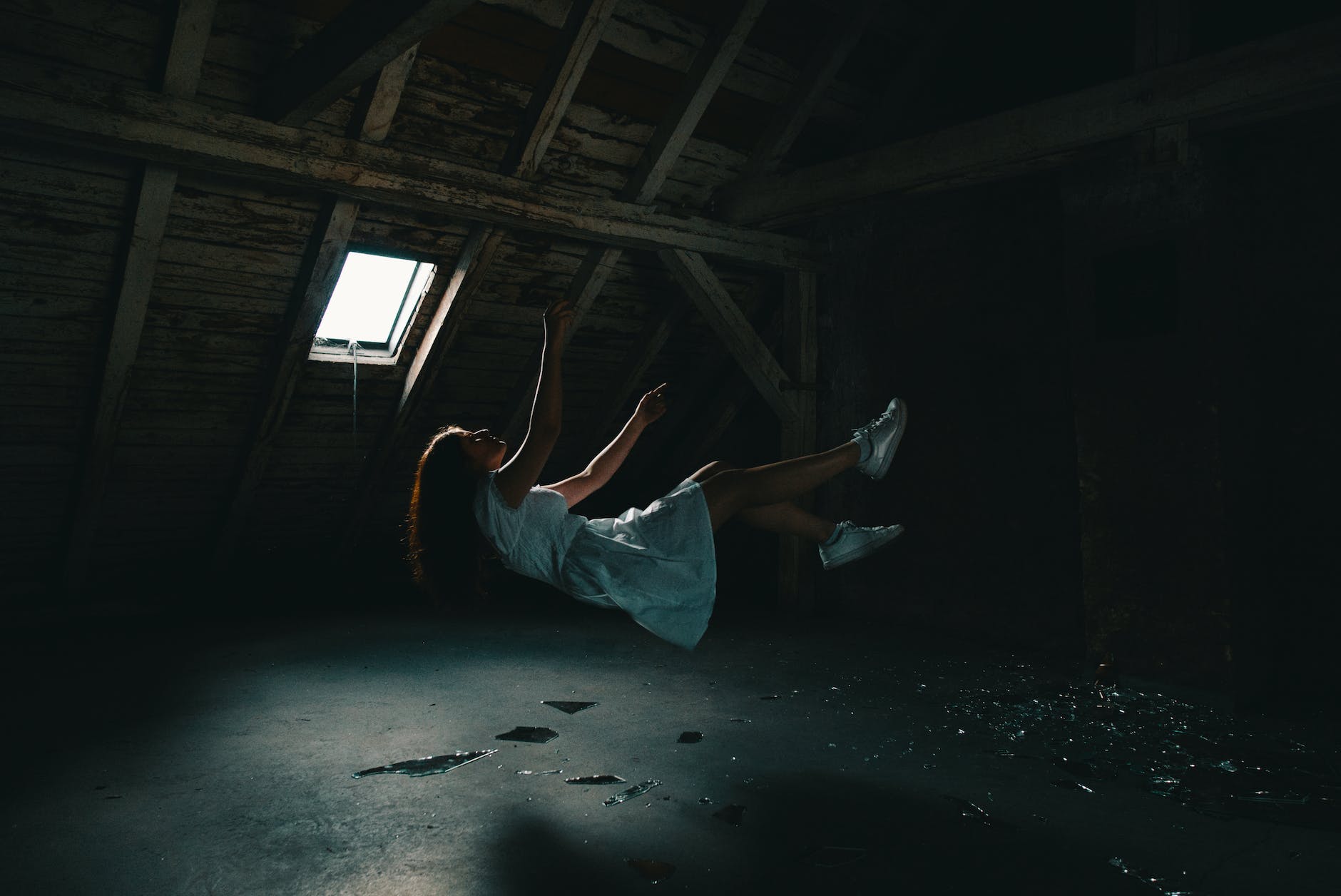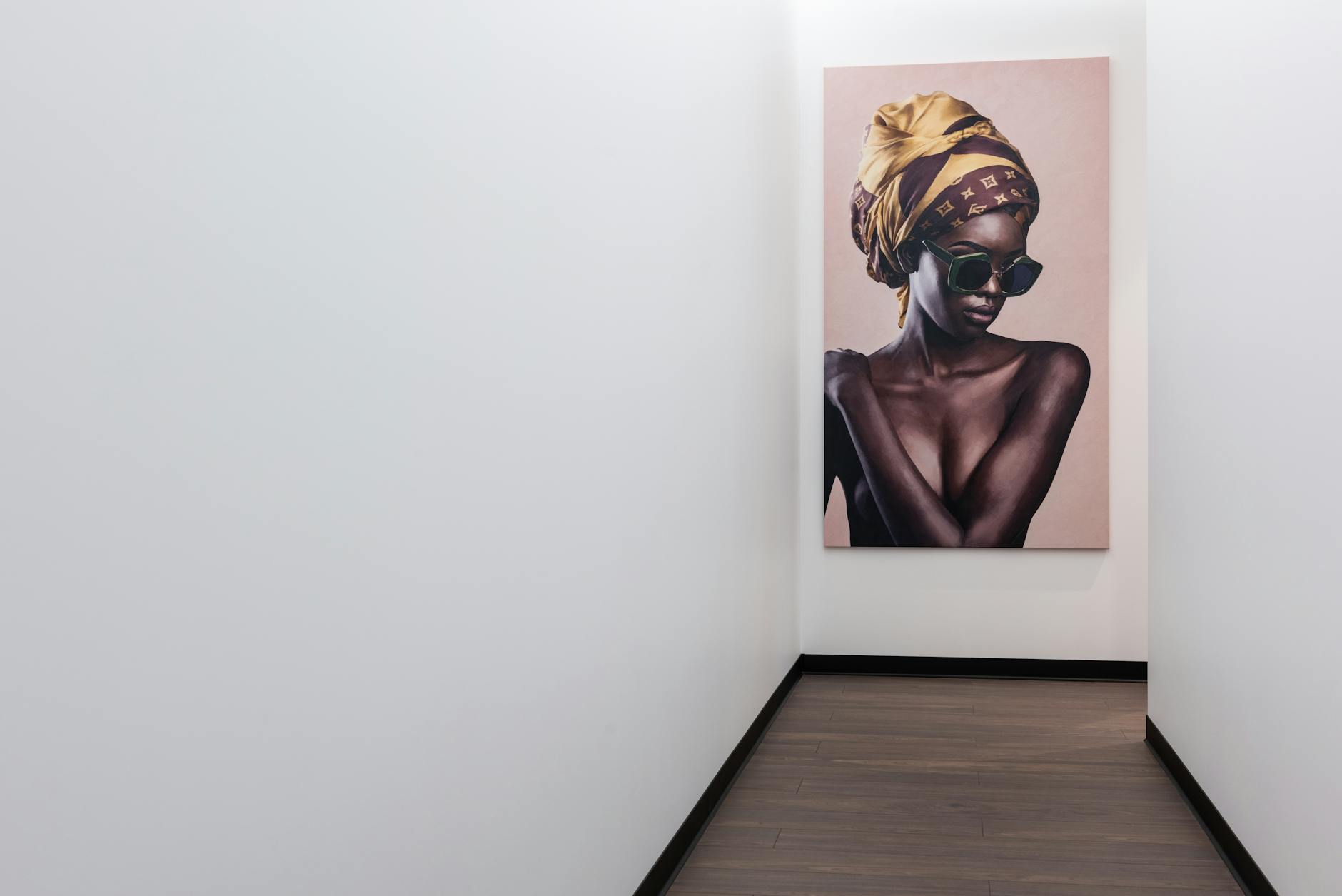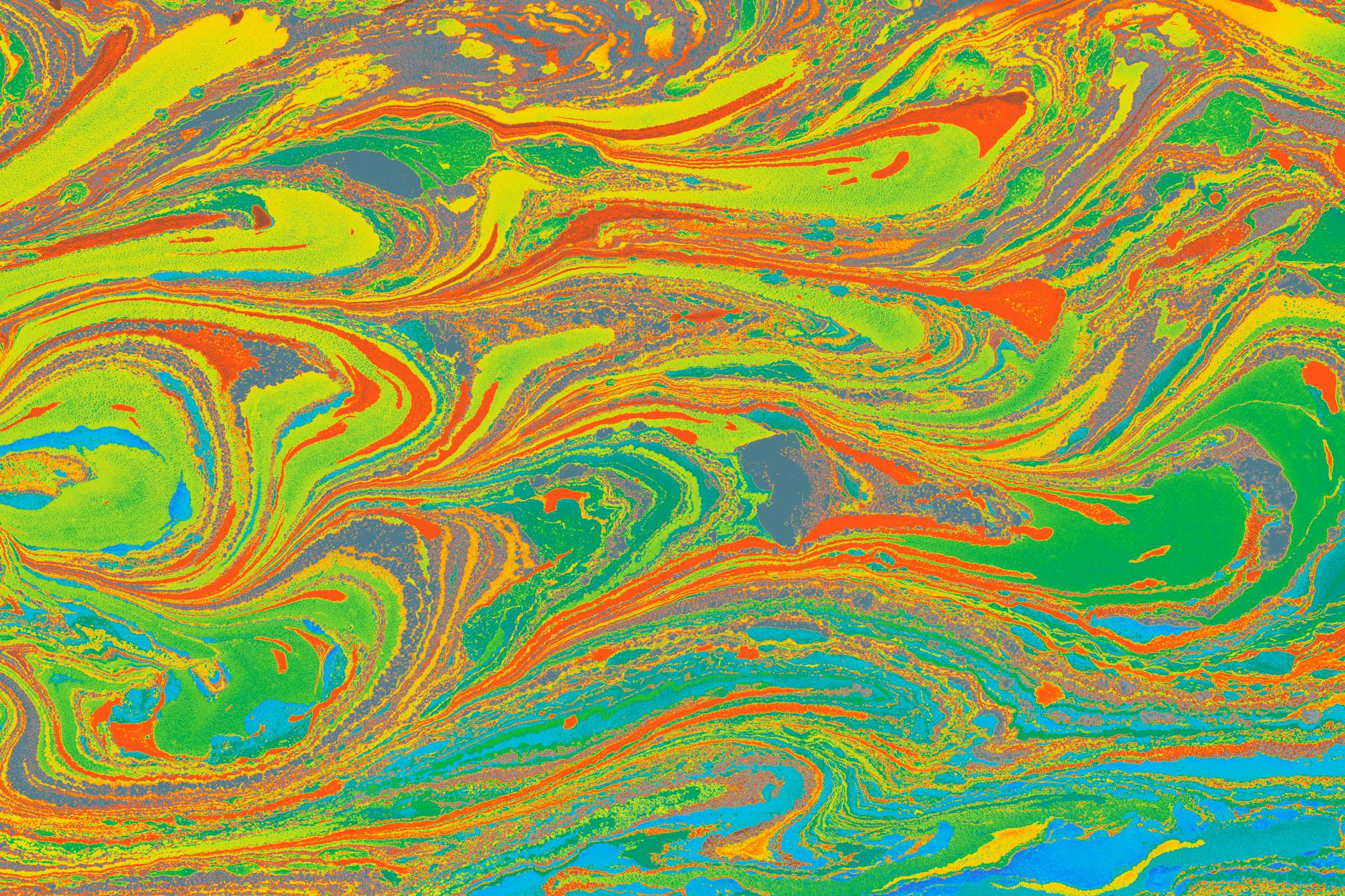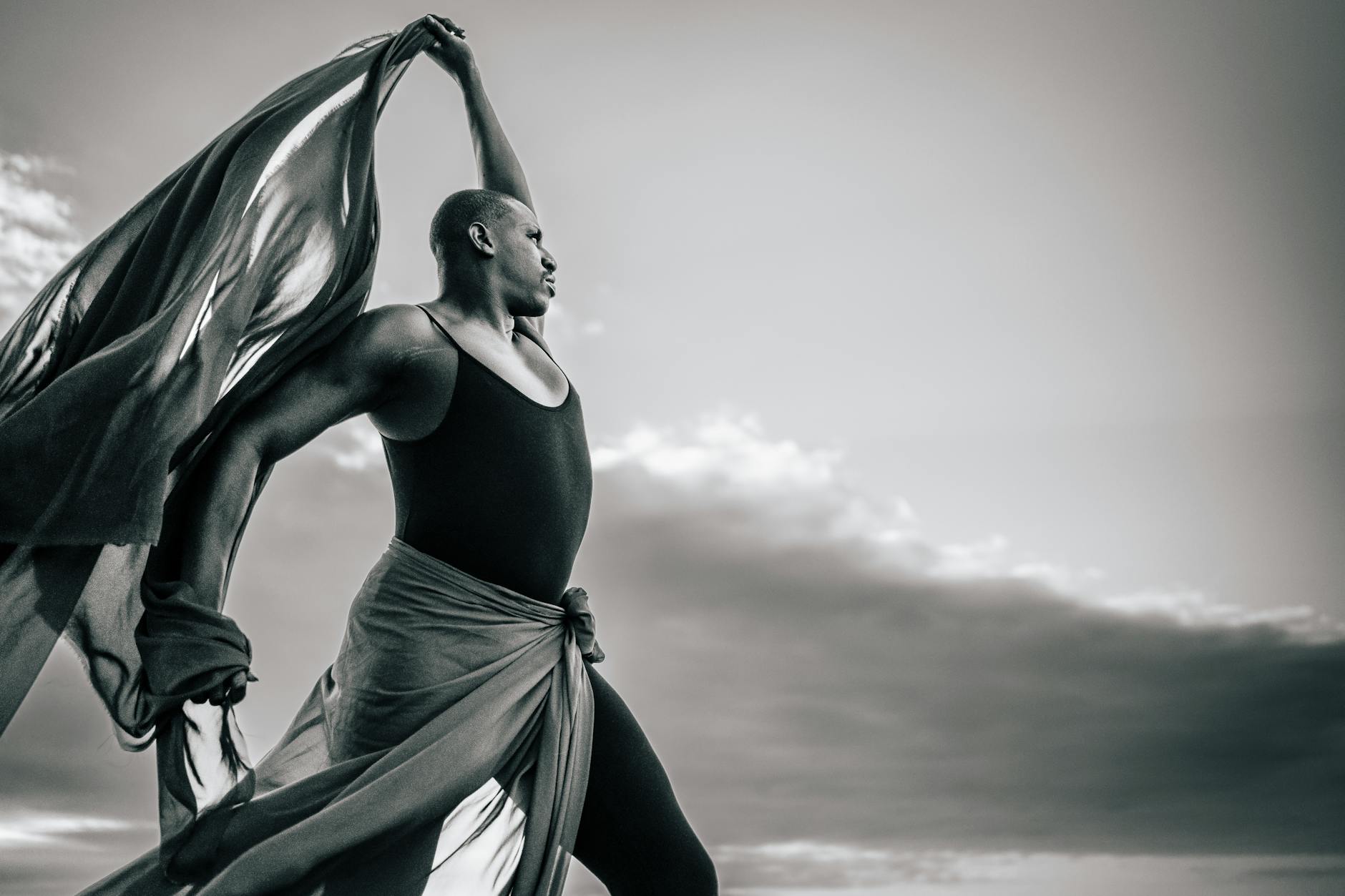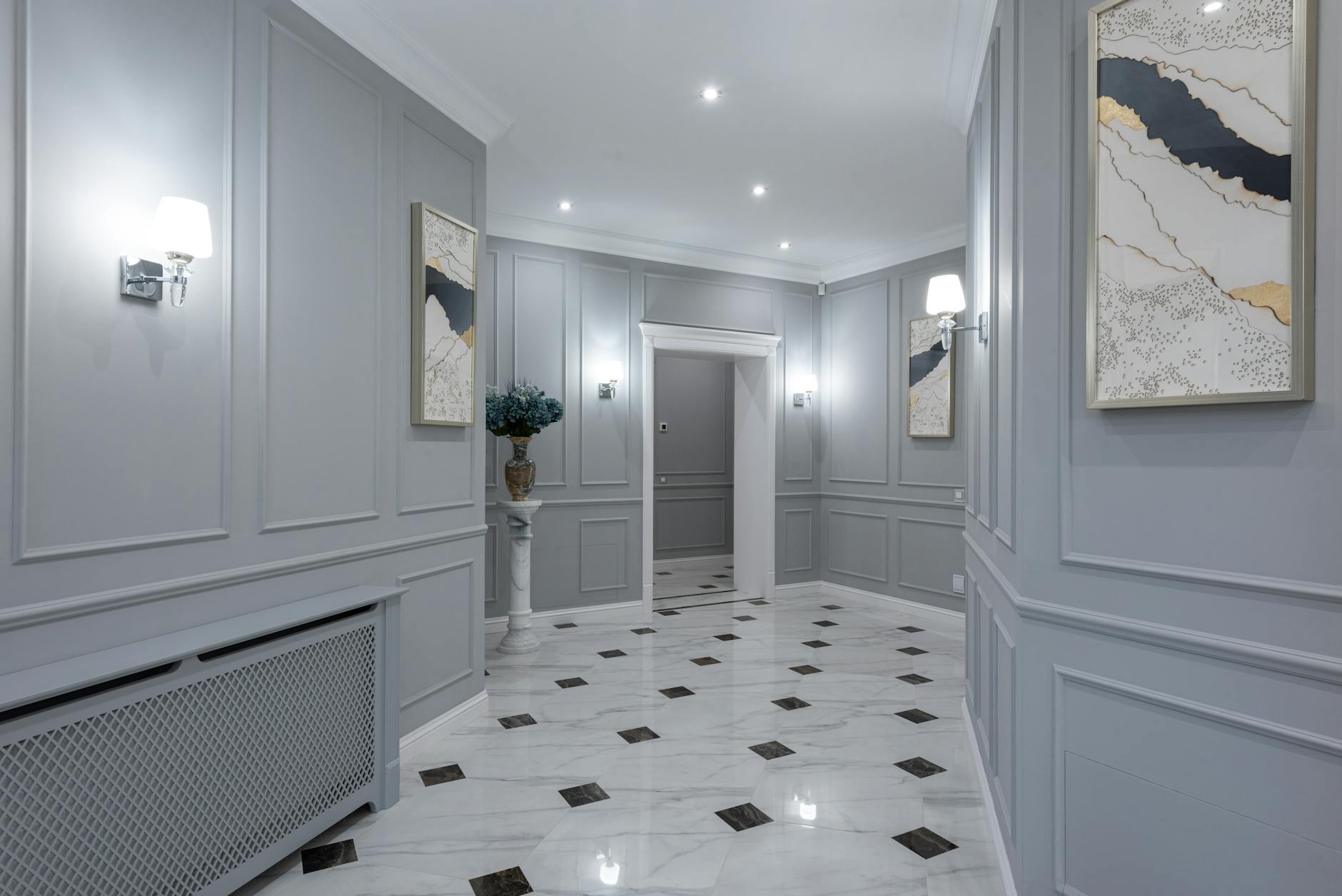Art, intrinsically, has always been a device to depict human perception, be it the tangible reality or the elusive subconscious. As the birthplace of profound expressions and perceptions that verge on the esoteric, the overlap of psychedelics and surrealism presents an intriguing exploration into the realms of the psyche.
The influence of psychedelics on surreal art is not a recent phenomenon. As much as the experience of psychedelics often yields a surrealistic perspective, surrealism artworks too reflect the variety found in hallucinogens, deriving depth and complexity from the subconscious mind.
Surrealism, as an artistic movement, seeks to reconcile the world of dreams with everyday realism. The aim is to liberate imagination by believing in the superior reality of certain forms of association neglected until now; in the omnipotence of dream – in short, defying the rationale.
Similarities can be drawn with the hallucinatory visions in surreal art; both mediums blend reality and imagination to bring forth images and experiences that defy the conventional frame of reference. Yet, it is this amalgam of the surrealistic interpretation of psychedelics and the psychedelic experience in art that evokes a sense of fascination and furthers the spirit of sublime exploration.
Psychedelic art manifests primarily in visual forms, and like surrealism, seeks the subconscious exploration through art. The aesthetic appeal of psychedelic art often lies in its dreamlike representation that combines eclectic colours, swirling patterns, and often an oriental or tribal influence.
These works often represent transcendental experiences in art – a detachment from reality to perceive a realm that defies current comprehension, thus offering a gateway into an alternate consciousness. This form of art is associated with a certain sense of liberation and carries an inherent power to move spectators beyond their immediate surroundings.
The psychedelic revolution popularized by the counterculture movement of the 1960s contributed to the increased exploration of mind-altering substances as creative tools. As a result, the surrealism stemming from psychedelic experiences found a symbolic parallel in art, thus blurring the boundary between reality and non-reality. Therefore, surrealism can also be perceived as an expression of psychedelic experiences.
Serving as conduits of complex human emotions and thoughts, paintings deriving from this blend often illustrate fantastical landscapes and archetypal visions in both recognizable and unstructured forms, making them mimic fantastical landscapes in psychedelic art.
Take Salvador Dalí’s “The Persistence of Memory,” as an example within the realm of surrealism – the meeting ground for real and unreal. Contemplating this artwork could parallel a hallucinogen-induced experience where neither time nor space hold supremacy, signifying a fundamental characteristic of surrealistic interpretations of psychedelics. In both cases, perceptions are overpowered by synthetical cohesion, where ordinary items or landscapes acquire extraordinary qualities, or defy ordinary physical laws.
Hence, the convergence of psychedelics and surrealism helps to unearth the depth and magnitude of the subconscious mind, to challenge and stretch the limits of human perception, and to transcend the mundanity of the physical world, thus fostering an unorthodox and vivid introspection.
Far from being a taboo, the mingling of psychedelics and surrealism is an ode to the human capability to delve into and depict inexplicable and complex realms of consciousness. Surreal and psychedelic art acts as a mirror, reflecting our innate desire to unravel the myriad mysteries of the mind, challenging perceptions, norms, and consciousness.
Indeed, the dialogues between psychedelics and surrealism promise further exploration into the human psyche – transcending the physical and probing into the ethereal realms of dreams, imagination, and perhaps even, reality.




